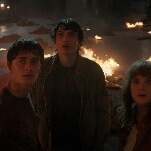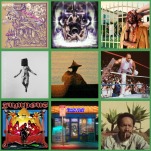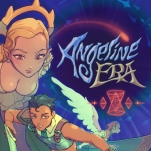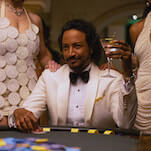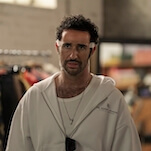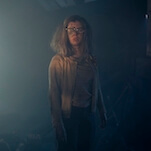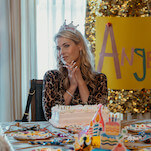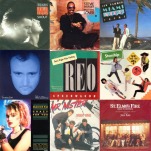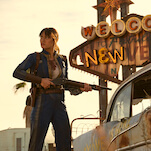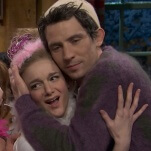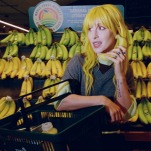Stevenson and Greene’s Runaways sparks an exciting Secret Wars rebellion
One of the best things about this summer’s big event comics from both DC and Marvel has been the gleeful enthusiasm with which scores of creators explore a slew of alternate universes. Unencumbered by some of the more stifling parts of canon, writers and artists alike are committing to a long list of interesting choices. Despite the knowledge that all these great elseworlds will be coming to an end in a few short months (if they haven’t already) it’s a lot of fun to enjoy them while they last.
Best known for her original webcomic-turned-graphic novel Nimona and her recently ended run as co-writer of Lumberjanes, writer Noelle Stevenson brings her sharp sense of humor and bouncy dialog to the big two in Runaways #2 (Marvel). This is, just to make things as clear as possible, a book inspired by the original Runaways series, published starting in 2003, written by Brian K. Vaughan with art by Adrian Alphona. But this time around, Runaways is all about alternate versions of familiar Marvel characters, including the X-Men, Avengers, and more. It’s a motley crew of characters with more than one smart-mouthed teenage girl; in other words, it’s right in Stevenson’s wheelhouse, and she delivers.
Clearly a fan of the original series and the characters themselves, Stevenson demonstrates a confidence that even far more seasoned big two writers don’t have with team books, which in many ways can be more difficult to balance than solo titles. Artist Sanford Greene is a vital part of this work, drawing each character not only with enough personality of their own to be compelling, but capturing facial expressions that do just as much to communicate mood and intention as the dialog itself, if not more. Greene’s delivered an array of excellent covers in the past, perhaps most notably to Captain America & The Mighty Avengers and Shaft, so it’s great to see his talent on full display in these pages.
Many of the characters in this book are familiar, though they are just different enough from their most common appearances to keep the reader’s interest piqued. Cloak and Dagger in particular look very different from previous iterations, and Bucky Barnes’ design alone makes the price of the book well worth it. His perpetually angry puppy expression certainly doesn’t hurt matters. What’s perhaps most remarkable about this book is that it doesn’t feel stale. Working with a script based on a previously published story, starring a grab bag of random characters, the team does an excellent job of retreading familiar ground without falling into tedious repetition that would bore hardcore fans and frustrate new readers with endless in-jokes. Colorist John Rauch has a subtle touch, shifting from washed out and gray palates to nearly neon when the team is thrown into a battle simulation. Letterer Clayton Cowles, who seems to be on every book these days, is similarly understated with a delicate halo on Cloak’s dialog that shows an excellent attention to tone and detail.
Runaways is, when boiled down to its essence, Hunger Games with a better sense of humor, The Cabin In The Woods starring far more likable characters, the Triwizard Tournament if everyone at Hogwarts had a juvenile record and Doom was using it to turn them into killing machines. In other words, it’s super fun and a great read, and it’ll be a shame to see it go when Secret Wars is over. [Caitlin Rosberg]
Throughout his new sketchbook/memoir/travelogue Poetry Is Useless (Drawn & Quarterly), Anders Nilsen insists that there is no greater meaning behind this work. The harder he pushes this idea, the more it feels like he’s trying to hide some huge philosophical secret, challenging the reader to dig deeper to find the meaning that the author claims isn’t there. It’s not hard to find it. Using seven years’ worth of sketches, philosophical musings, and personal anecdotes, Nilsen creates a piece of art that celebrates creative spontaneity and the small details that make life worth living, forcing his audience to look at the world a little differently after finishing the book.
As is the Drawn & Quarterly standard, Poetry Is Useless is an exquisitely designed package. The cover and spine art spotlights the bold abstraction of Nilsen’s work, and the photographic presentation of his sketchbook pages adds an extra dimension to the visuals by showing the physical notebooks rather than transferring their images to blank pages. Every part of a page’s composition plays a part in how the reader interprets its contents, and showing weathered binding and ink bleeding through the pages makes the material even more raw and impulsive. These ideas are going straight from Nilsen’s head to his notebook, and it’s fascinating to see where his thought process takes him.
Some pages feature intricately detailed drawings of locations and people while some show Nilsen experimenting with nonrepresentational graphic elements, highlighting the wide range of his talent as an artist. Crossed out and whited out words become an intriguing visual tool in Nilsen’s hands, introducing creative tension to the page by suggesting that the author has written something he doesn’t want the public to see. One page features an entire section of whited out words in the middle of two humped blocks of black on both sides, and the combination of the hidden text and the asymmetry of the black borders creates an atmosphere of unease that may be reflective of Nilsen’s mental state at that moment in time.
Much of Poetry Is Useless involves a very basic human silhouette that interacts directly with readers by asking questions that force them to consider different philosophical ideas, imagine theoretical experiences, and focus on the sensations they are feeling as they absorb Nilsen’s work. Reading doesn’t happen in a vacuum, and Nilsen uses sections of this book to direct his audience’s attention to the world outside these pages, a choice that plays into a major theme of his work that, despite all the negative things about living, the fact that life exists at all is a miracle that should be cherished. There may not be any intended meaning behind the collected content of Poetry Is Useless, but it’s a work of immense value for those interested in the creative process of a remarkably talented cartoonist, and the interactive aspect makes it an introspective meditation on life, death, and all the things that complicate the journey from one to the other. [Oliver Sava]







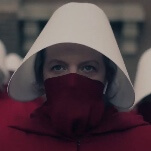
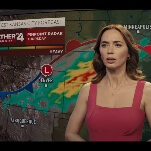
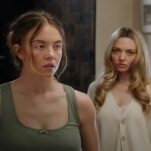


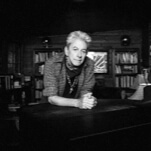
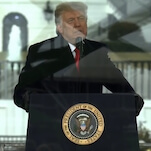

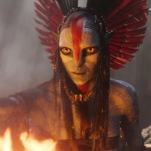
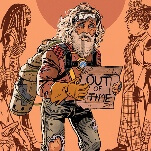
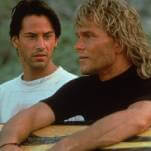





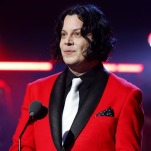

![Rob Reiner's son booked for murder amid homicide investigation [Updated]](https://img.pastemagazine.com/wp-content/avuploads/2025/12/15131025/MixCollage-15-Dec-2025-01-10-PM-9121.jpg)

